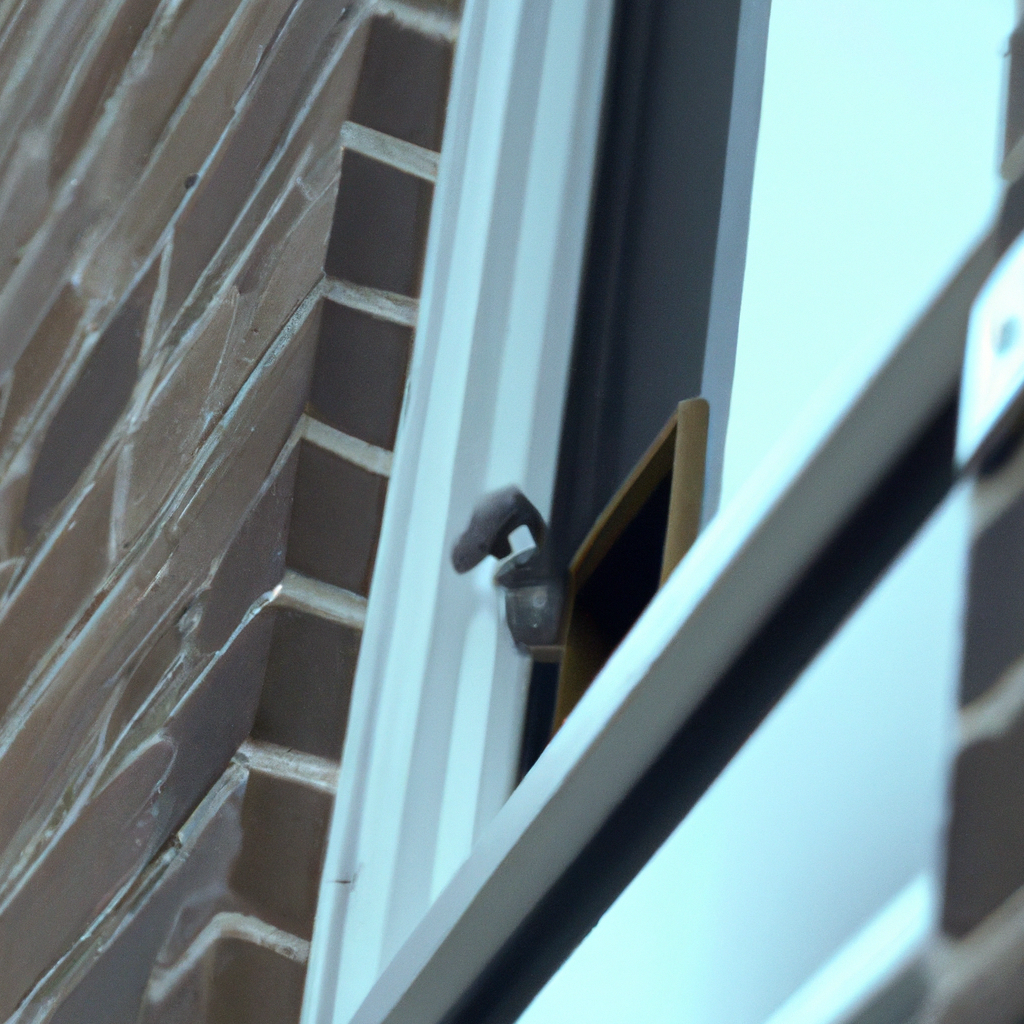-
Reading Roadmap
- The Impact of Residential Address on Health Disparities and Infection Risk in Diabetic Foot Ulcer Patients
- Key Takeaways
- Introduction: Unveiling the Connection
- The Role of Socioeconomic Factors
- Access to Healthcare
- Environmental Conditions
- Addressing the Disparities
- FAQ Section
- Conclusion: Bridging the Gap
- Further Analysis
- Key Takeaways Revisited
The Impact of Residential Address on Health Disparities and Infection Risk in Diabetic Foot Ulcer Patients

[youtubomatic_search]
Key Takeaways
- Residential address significantly impacts health disparities and infection risk in diabetic foot ulcer patients.
- Socioeconomic factors, access to healthcare, and environmental conditions are key determinants of these disparities.
- Urban areas often have higher rates of diabetic foot ulcers due to higher population density and increased exposure to infection.
- Improving access to healthcare and addressing socioeconomic disparities can help reduce the risk of diabetic foot ulcers.
- More research is needed to fully understand the relationship between residential address and health outcomes in diabetic foot ulcer patients.
Introduction: Unveiling the Connection
Diabetes is a global health concern, affecting millions of people worldwide. One of the most severe complications of this disease is the development of foot ulcers, which can lead to serious infections and even amputation. However, the risk of developing these ulcers is not evenly distributed. Research has shown that a patient’s residential address can significantly impact their health outcomes, including the risk of developing diabetic foot ulcers. This article explores the impact of residential address on health disparities and infection risk in diabetic foot ulcer patients.
The Role of Socioeconomic Factors
Several studies have highlighted the role of socioeconomic factors in health disparities among diabetic foot ulcer patients. For instance, a study published in the Journal of the American Podiatric Medical Association found that patients living in low-income neighborhoods were more likely to develop foot ulcers than those in higher-income areas. This is likely due to factors such as poor nutrition, lack of access to healthcare, and increased stress levels, all of which can exacerbate diabetes and increase the risk of complications.
Access to Healthcare
Access to healthcare is another crucial factor that can influence the risk of diabetic foot ulcers. Patients living in rural areas or in neighborhoods with few healthcare facilities often have difficulty accessing the care they need. This can lead to delayed diagnosis and treatment, increasing the risk of complications. A study published in Diabetes Care found that patients with limited access to healthcare were more likely to develop foot ulcers and had worse health outcomes than those with better access.
Environmental Conditions
Environmental conditions can also play a role in the risk of diabetic foot ulcers. For example, patients living in urban areas with high population density may be more exposed to infection due to increased contact with others. Additionally, living in areas with poor sanitation or high levels of pollution can also increase the risk of infection.
Addressing the Disparities
Addressing these disparities requires a multifaceted approach. Improving access to healthcare, addressing socioeconomic disparities, and improving living conditions can all help reduce the risk of diabetic foot ulcers. However, more research is needed to fully understand the relationship between residential address and health outcomes in diabetic foot ulcer patients.
FAQ Section
- What is a diabetic foot ulcer? A diabetic foot ulcer is a sore or wound that occurs in people with diabetes, usually on the bottom of the foot.
- Why are diabetic foot ulcers dangerous? Diabetic foot ulcers can lead to serious infections and even amputation if not treated promptly.
- How does residential address impact the risk of diabetic foot ulcers? Residential address can impact the risk of diabetic foot ulcers through factors such as socioeconomic status, access to healthcare, and environmental conditions.
- What can be done to reduce the risk of diabetic foot ulcers? Improving access to healthcare, addressing socioeconomic disparities, and improving living conditions can all help reduce the risk of diabetic foot ulcers.
- Is more research needed on this topic? Yes, more research is needed to fully understand the relationship between residential address and health outcomes in diabetic foot ulcer patients.
Conclusion: Bridging the Gap
The impact of residential address on health disparities and infection risk in diabetic foot ulcer patients is a complex issue that requires further research. However, it is clear that socioeconomic factors, access to healthcare, and environmental conditions play a significant role in these disparities. By addressing these issues, we can help reduce the risk of diabetic foot ulcers and improve health outcomes for patients with diabetes. As we continue to explore this topic, it is crucial to keep these factors in mind and work towards solutions that benefit all patients, regardless of where they live.
[youtubomatic_search]
Further Analysis
As we delve deeper into this topic, it is important to remember that the relationship between residential address and health outcomes in diabetic foot ulcer patients is multifaceted. While we have highlighted some key factors, there are likely many others that contribute to these disparities. Therefore, it is crucial to continue researching this topic and developing strategies to address these disparities. By doing so, we can help improve the lives of diabetic foot ulcer patients and reduce the burden of this serious complication.
Key Takeaways Revisited
- Residential address significantly impacts health disparities and infection risk in diabetic foot ulcer patients.
- Socioeconomic factors, access to healthcare, and environmental conditions are key determinants of these disparities.
- Urban areas often have higher rates of diabetic foot ulcers due to higher population density and increased exposure to infection.
- Improving access to healthcare and addressing socioeconomic disparities can help reduce the risk of diabetic foot ulcers.
- More research is needed to fully understand the relationship between residential address and health outcomes in diabetic foot ulcer patients.







